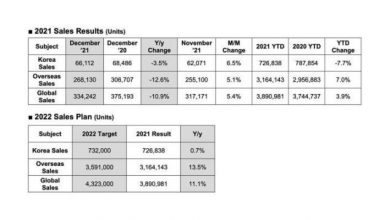The Evolution of Trading Platforms: Intercontinental Exchange’s (ICE) Technological Innovations

The Evolution of Trading Platforms: Intercontinental Exchange’s (ICE) Technological Innovations
Introduction
Trading platforms have undergone significant transformations over the years, thanks to technological advancements. One such platform at the forefront of this evolution is Intercontinental Exchange (ICE). As a leading operator of global exchanges and clearinghouses, ICE has continually innovated its technology to cater to the needs of today’s traders.
Technological Milestones at ICE
1. Electronic Trading
In the early 2000s, Intercontinental Exchange revolutionized the trading industry by introducing electronic trading. This shift from traditional open outcry systems to electronic platforms significantly enhanced transparency, efficiency, and accessibility for market participants. Traders could now execute trades seamlessly with reduced manual intervention, leading to faster trade execution and reduced risk of errors.
2. Direct Market Access (DMA)
Intercontinental Exchange went a step further by implementing Direct Market Access (DMA) technology. This innovation empowered traders to directly connect to the order book and execute trades without the need for intermediaries. DMA offered real-time market data, advanced order types, and enhanced trading functionalities, putting control and decision-making power into the hands of traders.
3. Algorithmic Trading
As algorithmic trading gained popularity, ICE did not lag behind. With the advent of algorithmic trading platforms, traders could now use complex mathematical models to automate trading strategies. ICE introduced sophisticated algorithmic execution options, enabling traders to access liquidity and execute trades with precision, taking advantage of market opportunities in real-time.
4. Cloud-Based Infrastructure
In recent years, ICE has embraced cloud-based infrastructure to enhance the scalability and availability of its trading platforms. By leveraging cloud technology, ICE provides traders with seamless access to real-time market data, analytics, and trading tools from anywhere in the world. Cloud-based platforms also offer robust security and disaster recovery measures, ensuring the integrity and continuity of trading operations.
FAQs about Intercontinental Exchange and its Trading Platform Innovations
1. How does ICE ensure the security of its electronic trading platforms?
ICE places utmost importance on the security of its trading platforms. The company employs state-of-the-art encryption protocols, multi-factor authentication, and continuous monitoring to safeguard the integrity and confidentiality of data. Additionally, ICE collaborates with industry-leading cybersecurity firms to proactively address emerging threats and strengthen its defenses.
2. Can individual traders access ICE’s trading platforms?
While originally catering to institutional investors, ICE has expanded its services to include individual traders as well. Retail traders can access ICE’s trading platforms through authorized brokerage firms or by utilizing online trading platforms that provide connectivity to ICE’s markets.
3. What advantages do algorithmic trading and DMA offer to traders?
Algorithmic trading and DMA offer several advantages to traders. By leveraging algorithmic strategies, traders can execute large orders efficiently, minimize market impact, and capitalize on short-lived opportunities. DMA provides direct access to the market’s order book, allowing traders to achieve faster order execution and reduced trading costs.
Conclusion
Intercontinental Exchange has played a pivotal role in shaping the evolution of trading platforms. Through robust technological innovations, ICE has empowered traders with sophisticated tools, greater efficiency, and improved trading experiences. As technology continues to advance, traders can expect ICE to remain at the forefront, constantly pushing the boundaries of what is possible in the world of financial trading.



